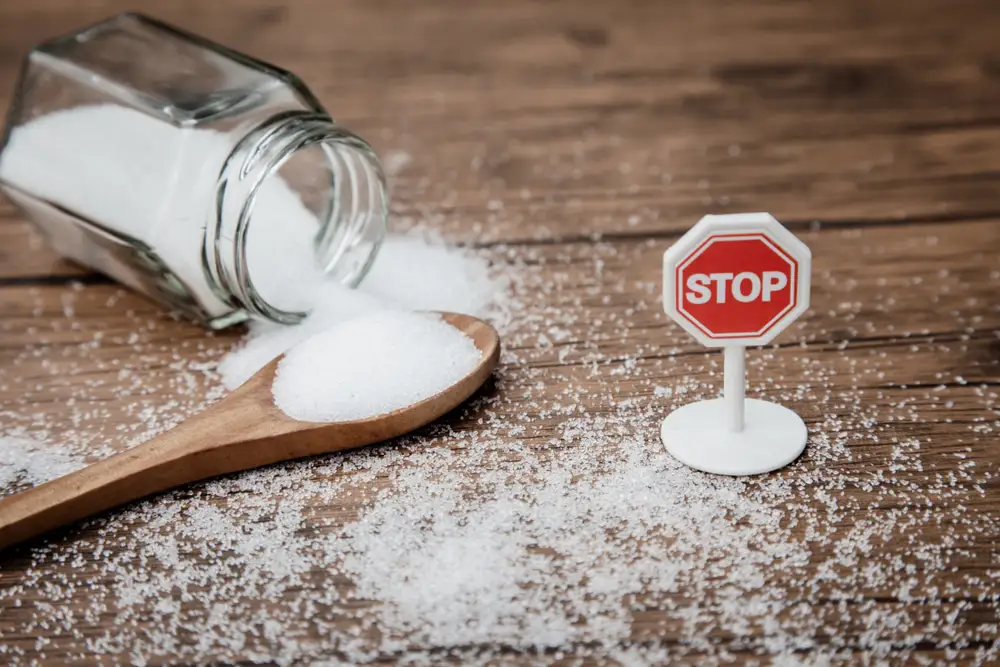Skin cancer is the most common type of cancer in Australia. In fact, two in three Australians will be diagnosed with skin cancer by the time they reach 70 years old.
Here are some questions we are frequently asked about skin cancer symptoms, how to identify skin cancer, skin cancer prevention, and how skin cancers are treated.
What Is Skin Cancer?
Skin cancer is a tumour or growth of abnormal cells in our skin. This occurs when our skin cells are damaged by overexposure to ultraviolet (UV) radiation from the sun.
The most common types of skin cancer are basal cell carcinoma and squamous cell carcinoma. These cancers occur in the surface layer of the skin. When found early, these can be easily cured.
The most serious type of skin cancer is melanoma, a rare but very aggressive form of skin cancer that may spread easily.
What Are The Early Signs Of Skin Cancer?
Skin cancer symptoms can vary, depending on the type of skin cancer. Common signs of skin cancer include moles, patches of scaly skin, open sores or raised bumps. In order to identify whether skin cancer is present, it’s important to consult with your GP or doctor, who can perform a skin cancer check.
Basal Cell Carcinoma
Basal cell carcinoma occurs in the skin cells just below the surface. Most basal cell carcinomas develop very slowly over months and years, and do not usually spread to other parts of the body. Fortunately, this type of skin cancer is usually the least dangerous and often curable with treatment. Basal cell carcinoma may appear as subtle skin cancer spots in the form of:
A flat, scaly red patch
A small, smooth, shiny or waxy bump (these bumps may bleed or develop a crust)
A brown or black raised bump
A patch with large blood vessels (a birthmark)
A lesion that bleeds on the face
A non-healing sore
Squamous Cell Carcinoma
Squamous cell carcinoma is a cancer of the cells at the bottom of the skin’s outermost layer. This type of skin cancer often appears as:
A flat, scaly red or brown patch, similar to a skin rash
A raised, scaly lump on sun-exposed skin on the backs of the hands, forearms, legs, scalp, ears and lips
A crusted open sore, wart or elevated growth with a central depression
A persistent small ulcer or thickened firm scaly skin on the lips
Melanoma
Melanoma is a dangerous type of skin cancer that originates from the cells in the skin responsible for pigmentation (colour), known as melanocytes. Rare melanomas can occur in parts of the skin or body that have never been exposed to the sun.
What does melanoma look like? Melanoma often presents as cancerous moles:
A new mole
A mole that changes colour, shape or size
A mole that bleeds
A mole that itches or causes pain
A mole with an uneven border or shape
Fortunately, if melanoma is identified at an early stage, treatment can result in a complete cure.
How Does Ultraviolet (UV) Radiation Cause Skin Cancer?
Skin cancer develops in the cells in the epidermis – the top or outer layer of the skin. UV radiation is made up of UVA and UVB rays, which can penetrate the skin and cause permanent damage to the cells beneath:
UVA penetrates deeply into the skin, causing genetic damage to cells, photo-ageing and immune-suppression
UVB penetrates into the top layer of the skin, causing damage to the cells and resulting in sunburn
If the body is unable to repair this sun damage, the cell will begin to divide and grow aggressively and uncontrollably. This can eventually lead to a skin cancer tumour.
What Are The Advantages Of A Skin Cancer Check?
A regular skin cancer check-up by a doctor is the most effective way to discover skin cancers before they can develop or create complications. A skin cancer check-up will help you detect and treat pre-cancerous issues as early as possible in order to improve the chances of full recovery.
What Should You Do If You Find A Suspicious Spot?
First of all, don’t panic. A doctor can provide three possible diagnoses: clearly malignant, clearly benign and too difficult to know without further testing.
If your doctor is 100% certain the skin condition is skin cancer, they will arrange to remove it. You may be referred to a dermatologist or surgeon.
How Is Skin Cancer Treated?
To treat your skin cancer, your doctor will remove your skin lesion and a part of the skin surrounding the cancer.
First, the area will be numbed with medicine. Next, they will use a small knife to cut out the skin cancer. Other treatments include freezing, scraping and burning, and radiation therapy.
If the lesions are larger and likely to return, the doctor may cut out small sections from the tumour to examine under a microscope and undergo further testing. The earlier your skin cancer is treated, the stronger your chances for a full recovery.
How Can I Prevent Skin Cancer?
The best way to prevent skin cancer is to avoid too much sun and protect yourself from sunburn. Here are the best ways to protect yourself:
Don’t spend long periods of time in direct sunlight
Use a broad-spectrum sunscreen with a high SPF to protect against UV-B and UV-A rays
Wear a hat with a brim and sunglasses to protect your face, eyes and ears
Wear long-sleeved shirts and long pants to protect your arms and legs
Apply a lip balm with sunscreen
Alert your health care provider’s attention to any changing mole
What Causes Mouth Ulcers? How To Treat & Prevent Them Effectively
Mouth ulcers are a common oral condition that affect most people at some point in their lives. They can be uncomfortable, but they are usually harmless and will heal within 10 to 14 days without treatment. Here’s everything you need to know about mouth ulcers, including what they are, what causes them, the best treatments,…
Acute Vs Chronic Medical Conditions
No matter how old or young you are, we are all susceptible to acute and chronic medical conditions. Both conditions differ in how long they last and how severe the diagnosis is. An illness or condition can be as simple as the flu, or in a more severe case cancer or arthritis. Whether it is…
How Much Sugar Per Day?
Sugar is a type of carbohydrate and a source of energy for our bodies. It can occur naturally in foods like fructose in fruit, glucose in fruits and vegetables, and maltose in wheat and barley. However, manufacturers also often add sugar to extend the shelf life of foods, improve their appearance and/or make them taste…




